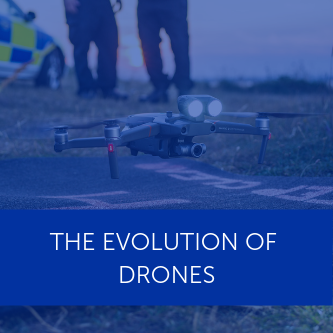
Updated on • 17 Sep 2024
Drone evolution - rise of the machines
Find out how drones are being used more and more for enterprise solutions and how they can help you. ... Read More
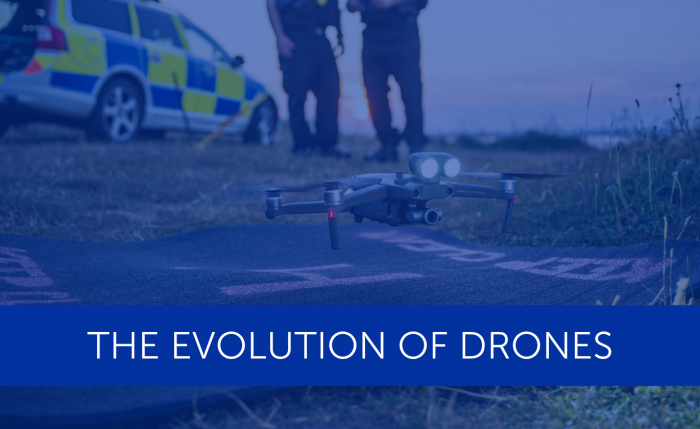
Evolution. When it comes to the world of drones, evolution is a key word.
In recent years, there has been a major shift in UAV operators, moving from hobbyists and commercial photographers to those utilising unmanned aircraft for more industrial purposes, such as mining, agriculture and construction.
This changing pattern - from consumer to enterprise - appears to be accelerating.
The technology has definitely been evolving from consumer/prosumer to enterprise solution
Brandon Montellato - Programme Manager for DJI Enterprise
It means that some drone manufacturers have been faced with the task of tweaking their approach, by developing UAVs which can cater for the increasing demand for reliable industry performers.
So where does this leave the UAV industry and what can we expect in the future? In a recent webinar, Brandon Montellato, DJI's programme manager for enterprise, gave his verdict on this emerging trend and the company's shift towards developing purpose-built enterprise solutions.
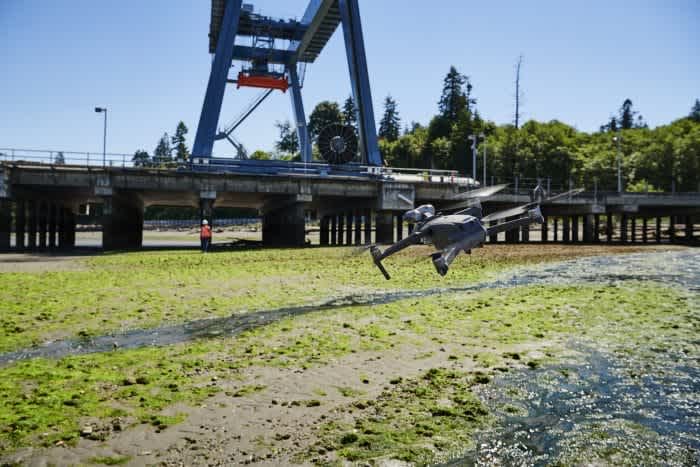
And as this evolution gathers pace, there is a drive to equip drones with the latest high-tech options - such as hydrogen fuel cells - while companies like Heliguy are working to help companies get the most out of their UAV operations by creating bespoke products and custom sensor integration.
The market evolution. From hobby to enterprise
Laying his cards on the table, DJI's Brandon Montellato admitted that the drone-market evolution - from hobby to enterprise - has been different to the company's initial expectations.

"DJI was founded with the focus on the consumer and then the prosumer markets, really with a focus on meeting a few customer asks in the areas of cinematography and videography. Ultimately, we were putting together drones that could be very easy to use out of the box.
"One of the interesting by-products that we saw from these drones - due to the fact that they were cheap and because of the integration factor - was that people started using them for purposes outside of what DJI really envisaged.
"We started seeing them being used in photogrammetry (the art and science of making measurements from photographs, especially for recovering the exact positions of surface points) and they were making their way onto construction and mining sites. All of a sudden, you see this evolution."
Brandon Montellato
He's quite right. In recent times, drones have started to fly into the world of enterprise, being used more and more across a number of industry verticles, including:
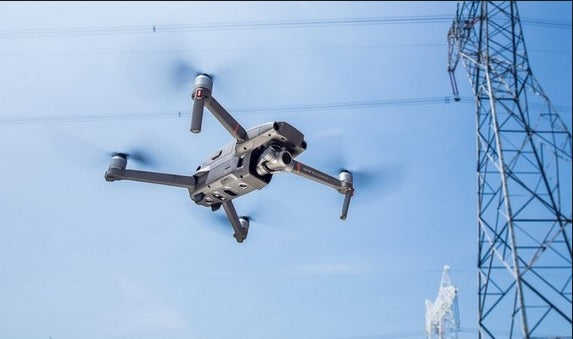
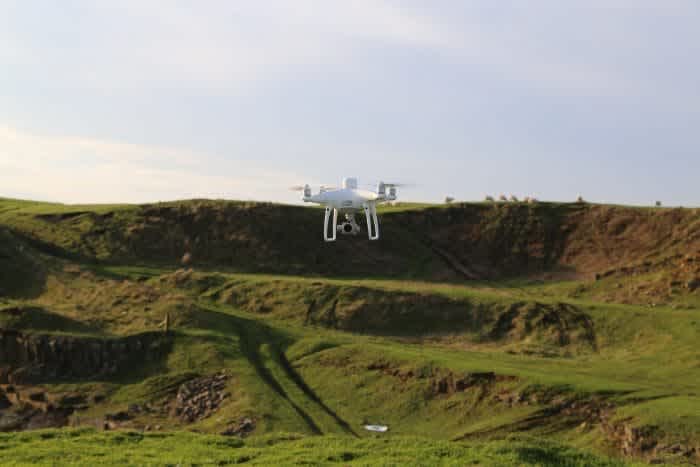
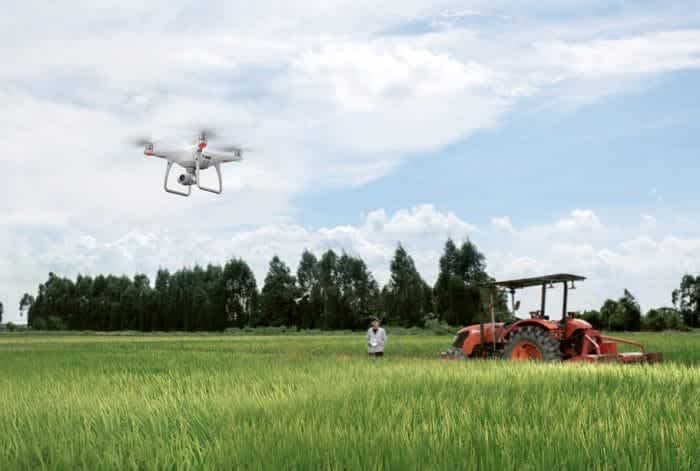
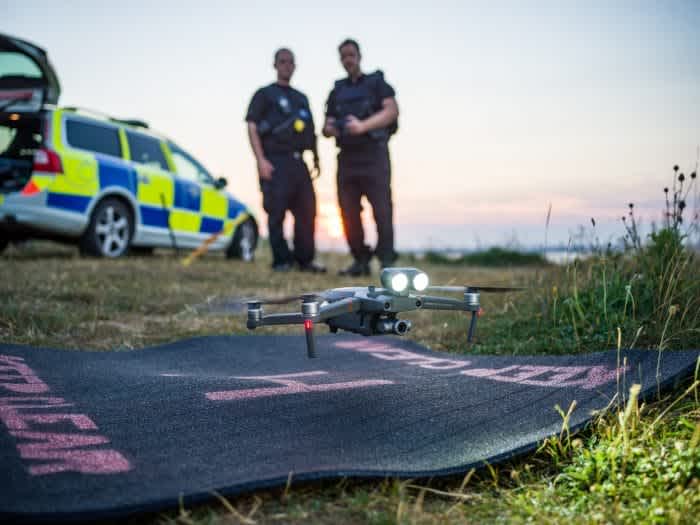
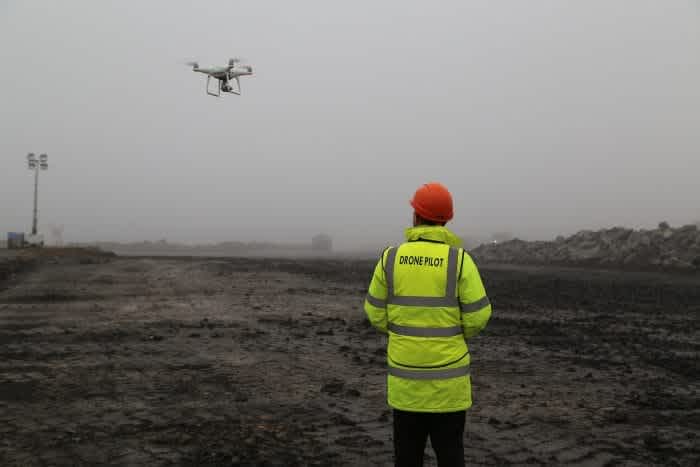
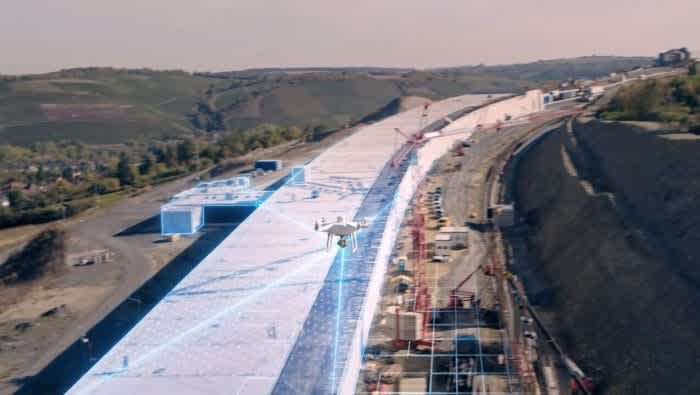
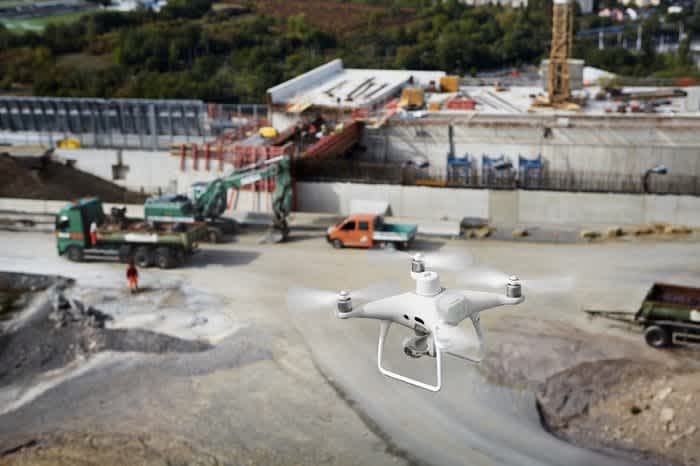
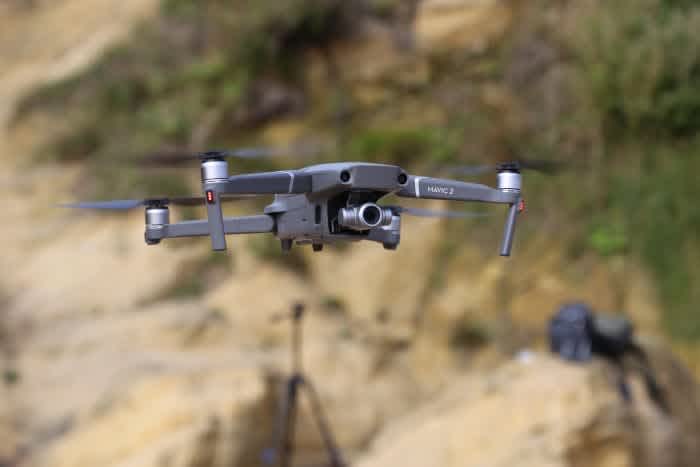
So why are these sectors turning towards drone technology? From an emergency services point of view, drones can be deployed for the following reasons:
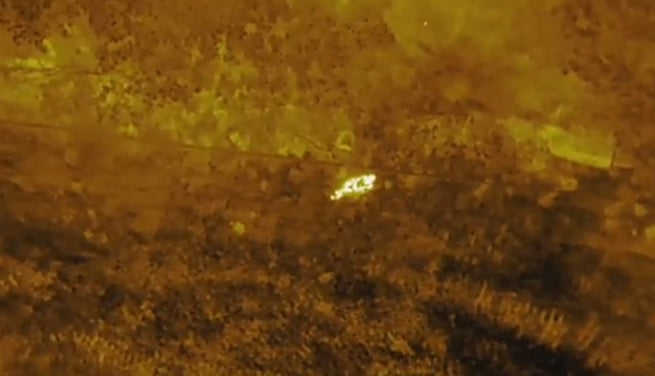
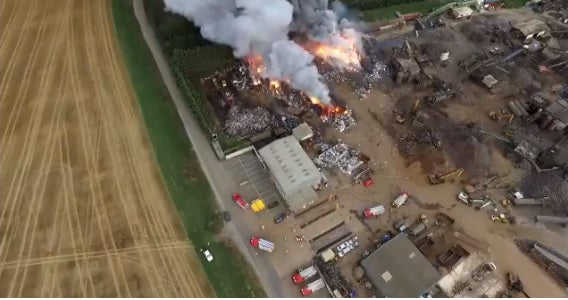
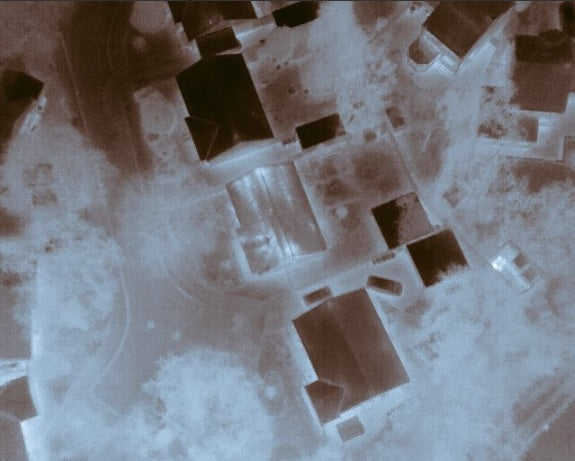
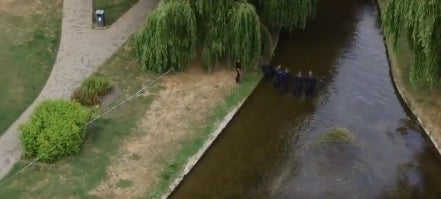
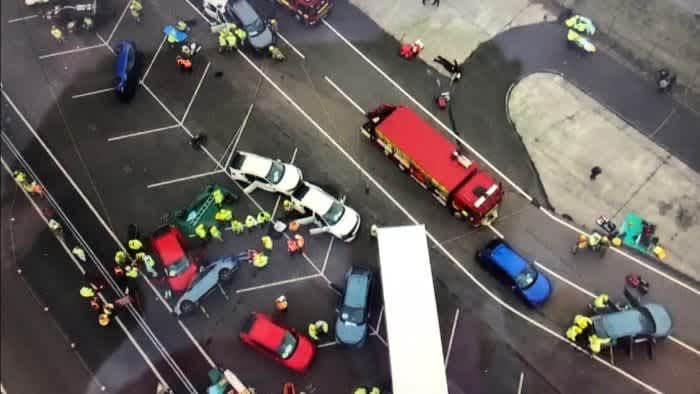
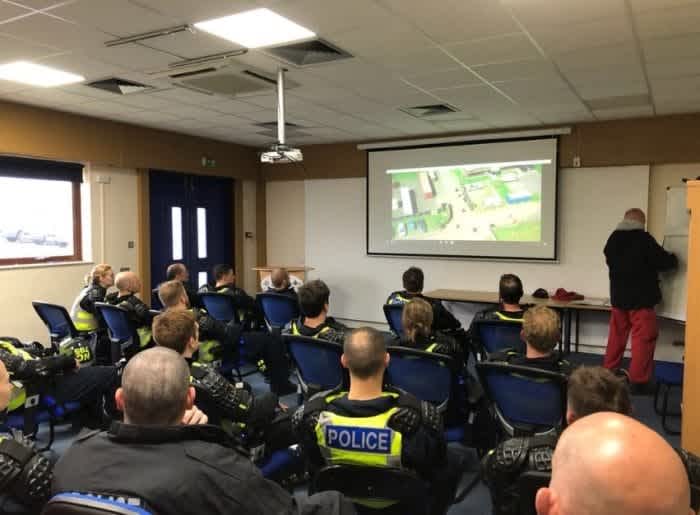
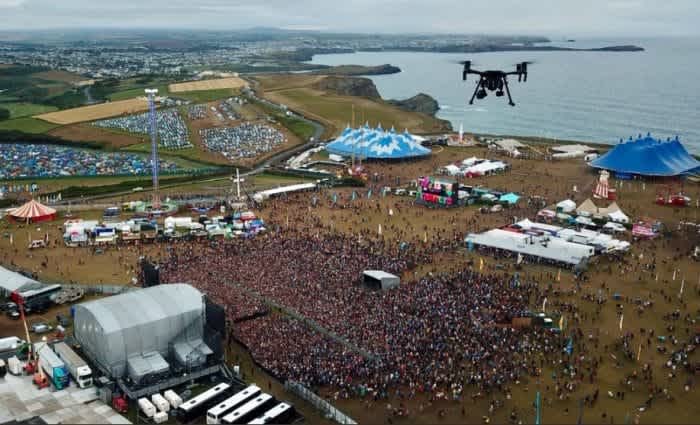
And as far as the construction, surveying and building industries go, UAVs bring a host of benefits, such as:
Saving time
Cutting costs
Better results
Enhanced safety
Such benefits are achieved for a number of reasons. Drones can cover larger areas much quicker, meaning enhanced productivity. Meanwhile, these vital eyes from the sky mean that officers or staff members do not need to put themselves in potentially dangerous situations or positions, increasing situational awareness and improving safety.
This drive towards enterprise is illustrated by the graphic below, which is an industry breakdown taken from Skylogic Research's 2018 report.
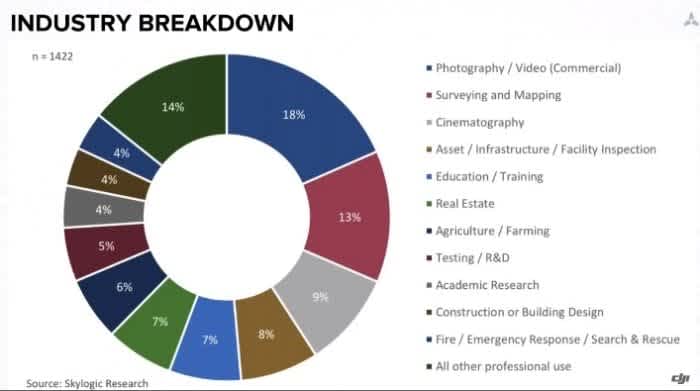
The results show that commercial photography/video leads the way at 18%, but surveying and mapping follows closely behind at 13%. Other industry sectors such as asset/infrastructure/facility inspection, agriculture/farming and emergency services and search and rescue also feature in the chart - giving enterprise a really strong presence in the results.
We are seeing this evolution from photography and cinematography to more advanced data deliverables, like surveying and mapping
Brandon Montellato
In Brandon's opinion, the chart paints a clear picture of the emerging drones for enterprise trend.
He said: "The interesting thing about this data is that you look at photography, videography and cinematography and these are the main use cases that DJI designed our aircraft for.
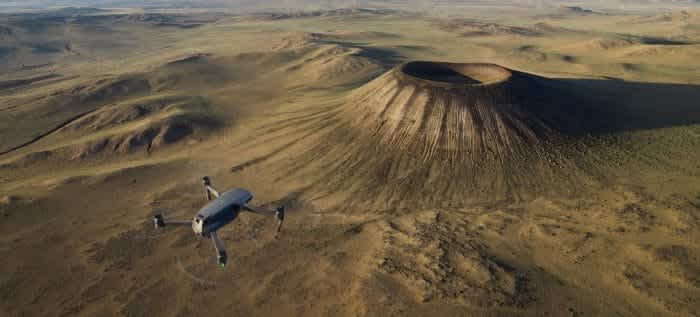
From capturing stunning images....
"But then you look at the other main uses - surveying and mapping and asset and infrastructure - and these are what we consider to be the enterprise verticals that are starting to use aircraft technology.
"They make up almost a majority of use cases of how aircraft are now being used. Then you have the other verticals as well, like academic research and education, that have made their way into it.
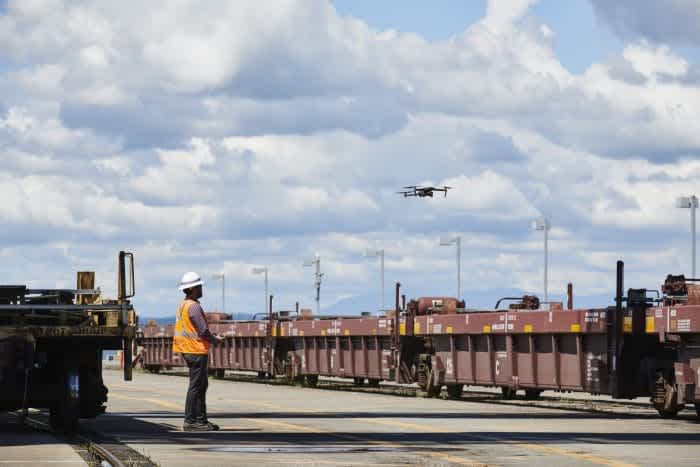
...to carrying out inspections
"Ultimately, we are seeing this evolution from photography and cinematography - which has a fairly low-barrier entry and is easy to use on site - to more advanced data deliverables, like surveying, mapping and asset and infrastructure.
"This has caused some hurdles with how they use the technology on site, as they are leveraging technology that was not necessarily purpose-built for their day-to-day operations."
How has DJI responded?
According to Brandon, DJI has responded to this shifting pattern by releasing 'enterprise specific drones'. Examples include:
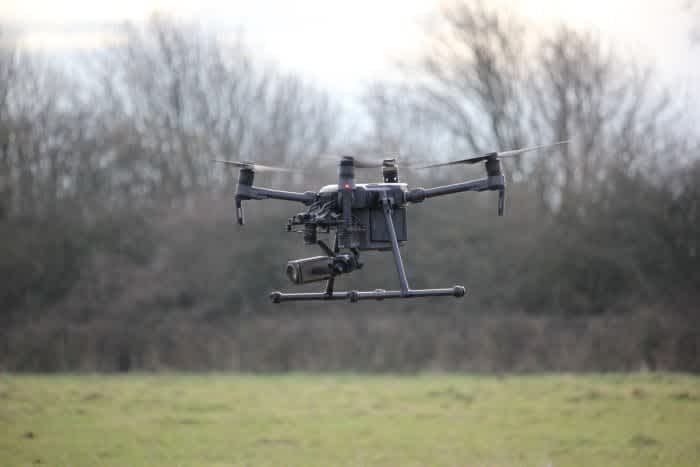
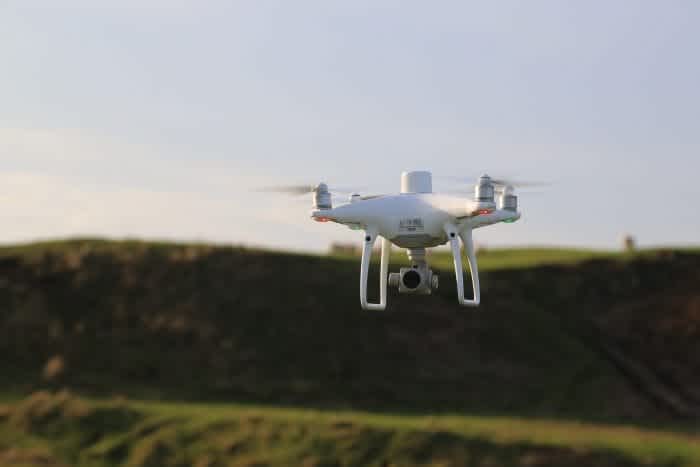
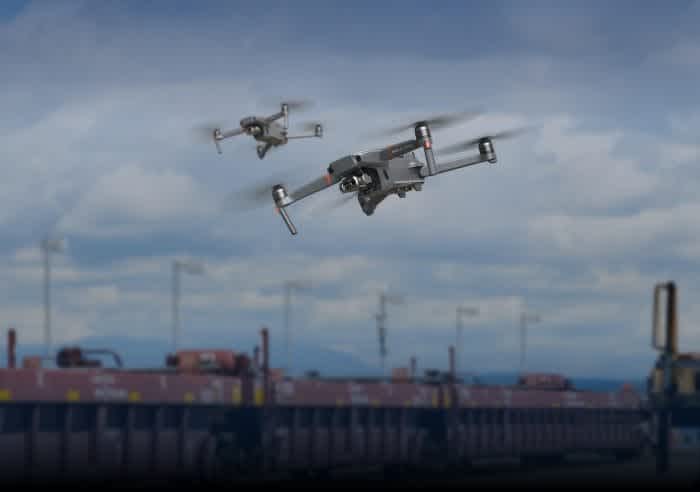
"We've been evolving from consumer and prosumer technology to purpose-built enterprise hardware with the specific goal to really provide an overall solution to the customer," said Brandon.
With this in mind, DJI has also had to think about what it is like for enterprise customers who use drones on site and what they are looking for in a UAV.
During the webinar, Brandon posted a graphic covering the issue of data leverage, which showed that the speed of processing data was the number one consideration within the enterprise drone sector. In turn, this becomes a key consideration in DJI's drone development.
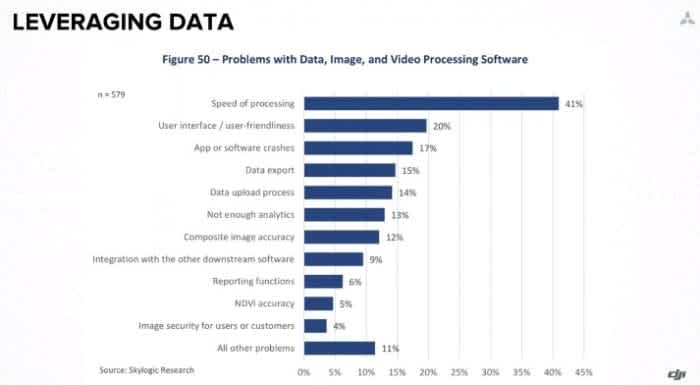
Brandon said: "This paints a good picture of what it is like to use drones on site today.
"This graph looks at any kind of issues with managing drone data, images and processing videos and images.
"It is an important consideration and we look at this as the total solution and what needs to be designed for enterprise customers who want to be leveraging drone technology.
"It really does paint a good picture of how the industry is progressing."
'Shocking' approach to accuracy
With this in mind, one of the key questions is how can more advanced enterprise techniques on drones be opened up to a wider market? One of these considerations is how to make improved accuracy the norm.
The graph below shows what type of accuracy improvements are currently being employed for photogrammetry purposes.
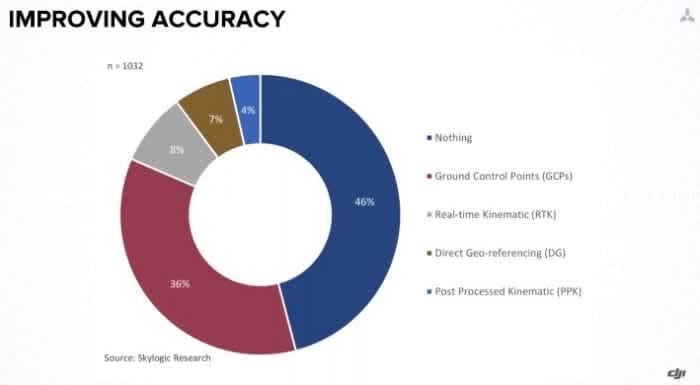
Out of 1,000 people surveyed, 46% admitted they do nothing - relying purely on the drone's GPS. Brandon branded this figure 'shocking'. While this technique provides fairly accurate mapping results, this approach is not ideal for those wanting high-accuracy data - ie those in surveying and construction.
The second most popular method is laying ground-control points (GCP).
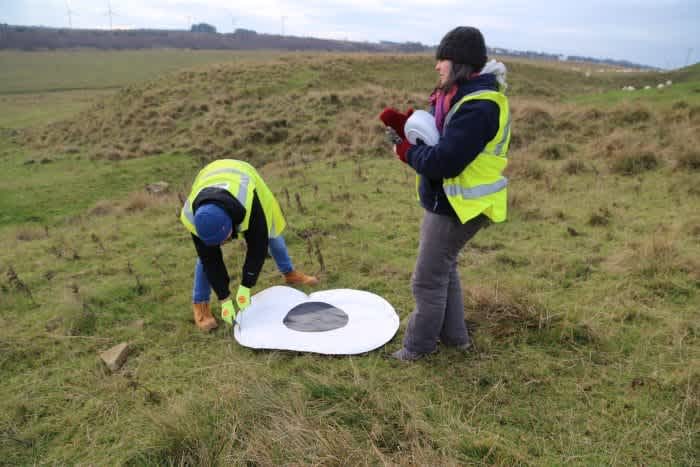
GCPs are large marked targets on the ground, spaced strategically throughout an area of interest. The GCPs and their coordinates are then used to help drone-mapping software accurately position your map in relation to the real world around it.
GCPs give a decent level of accuracy, but this process can be time-consuming as you have to physically put out each marker - which can be a nightmare if you have a large site and/or tricky terrain.
An alternative to this traditional method - minimising or eliminating the need for GCPs altogether - is GPS (Global Positioning System) correction technology. This enhances the quality of location data by using global-position system receivers to provide incredibly precise and accurate results.
There are currently two technologies driving the conversation around GPS correction technology. These are RTK (real time kinematic) and PPK (post processed kinematic).
RTK is a GPS correction-technology technique that provides real-time corrections to location data when the survey drone is capturing photos of a site. Real-time correction is a major industry advantage.
PPK is another GPS correction-technology technique that works to correct location data, except in the cloud after the drone data has been captured and uploaded.
#advgb-tabs-352b9da9-8e5e-4c50-874f-7430be968474 li.advgb-tab.ui-tabs-active { background-color: #64bd2d !important; }
The challenge now is how can the technology evolve to embrace these more advanced techniques for enterprise users - but in a way which opens it up to the mainstream.
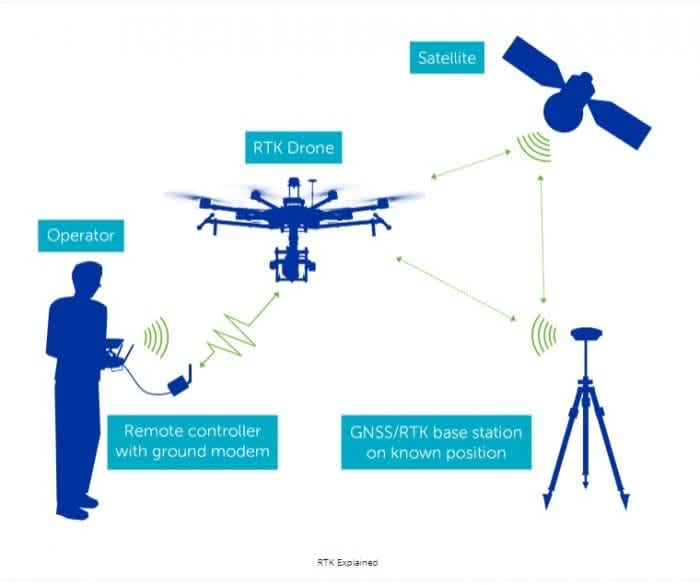
Brandon said: "The question becomes what is the real answer to leveraging drones? The graph shows that, at the moment, when it comes to improving accuracy, the vast majority of people are either doing nothing or using GCPs.
"Unfortunately, RTK and PPK are the minority stakes at the moment - and I think there's a few reasons for this. When we are talking about the consumer and prosumer drones used on sites, none of these came with RTK or PPK possibilities.
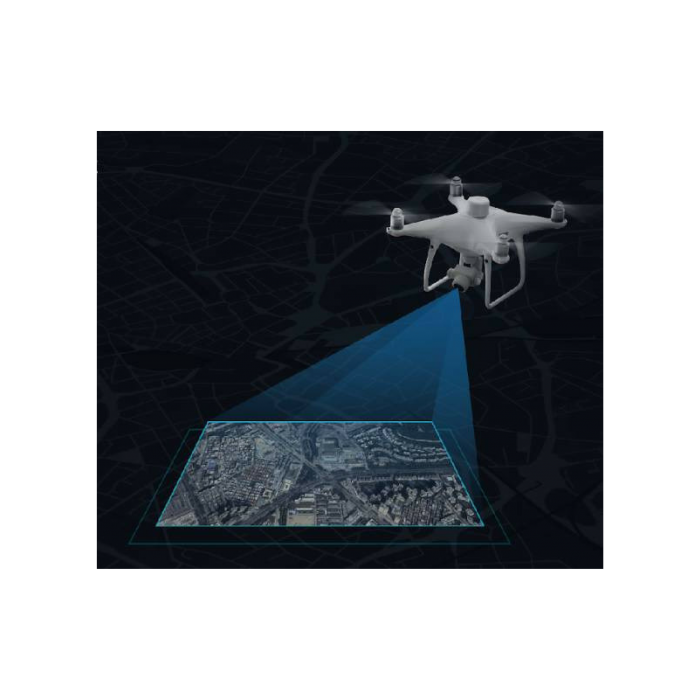
"Up until recently, most drones needed to have additional sensors put on to them to get to either RTK/PPK capability, so this meant modifying existing hardware or building custom solutions - which was obviously very burdensome for a lot of enterprise customers.
"The interesting thing about looking at this graph is how we see the adoption curve growing and if we can lower the barriers to entry on some of these more advanced GPS technology how will that impact data deliverables and drive workflows on their sites."
The adoption curve and where we are moving
The shift from consumer-focused drones to enterprise-specific solutions is described by Brandon as the adoption curve - ie, the increasing rate of users who are embracing and turning to UAVs with high-class industry capabilities.
This trend is further illustrated in the graph below, which shows enterprise drone spend last year (blue blocks) compared to the next 12 months (red blocks). It makes for interesting reading.
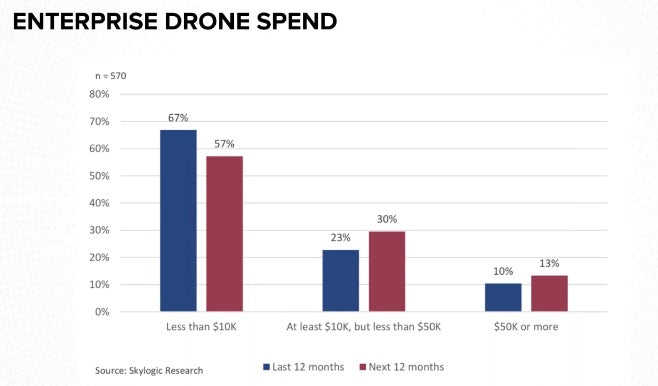
It shows that spending on drones priced at less than $10,000 - generally considered to be the consumer/prosumer-level aircraft - is expected to decrease, while spending on aircraft in the $10,000 to $50,000 category - more industry-specific, heavy-duty drones - is predicted to rise.
People are needing to move past consumer drones because they have a higher requirement for their data accuracy.
Brandon Montellato
Brandon believes this transition is down to the fact that users who have previously dabbled with more commercial products are beginning to turn to more robust enterprise solutions.
He said: "I think a lot of people have gone through this early adoption cycle, buying consumer drones such as a Mavic or a Phantom, and flown them on site and got some really good data and have seen some promise, but now the question is how do we improve data accuracy so we have more consistent workflow and how can we integrate that into our other systems and leverage the data?
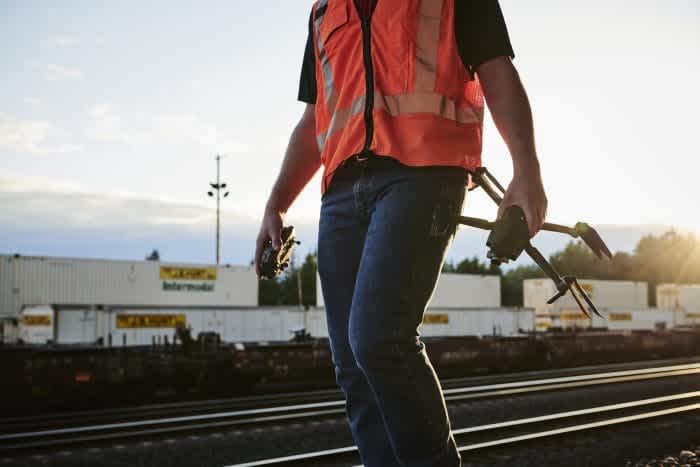
"I think this is where we are starting to see a shift and starting to see an increase in systems that are more expensive - with an increase in the drones ranging from $10,000 to $50,000.
"We are now reaching this point where we need to start scaling across our enterprise platforms for our customers. People are needing to move past consumer drones because they have a higher requirement for their data accuracy.
"We are moving past this early adopter stage and into the early majority stage, as people are adopting this technology."
In October, DJI released the Phantom 4 RTK - a next-gen mapping solution. Brandon described this as a 'modded out Phantom 4 with a high-precision GPS on board' and said that it represents a 'transition' from consumer/prosumer drone to the adoption of a drone which represents 'an out of the box, higher precision aircraft'.
You then shift further along the scale to the more expensive, heavy-duty drones, such as those in the Matrice series, which are robust enterprise machines capable of flying with high-spec payloads, such as the XT2 thermal camera or the Z30 with 30x zoom capabilities.
Scaling enterprise solutions
As part of its research into the evolution of drones, DJI has concluded that six 'core pillars' are necessary for scaling enterprise UAV operations.
These are:
Platform
Payload
Software
Training
Support
Integration
Brandon said: "When we refer to the platform, we mean moving away from toy hardware and going to something that is rugged and can operate on sites. As for payload, this includes looking at the camera and GPS, but ultimately, it is the overall system to improve data capture. Then you have software, training, support and integration.
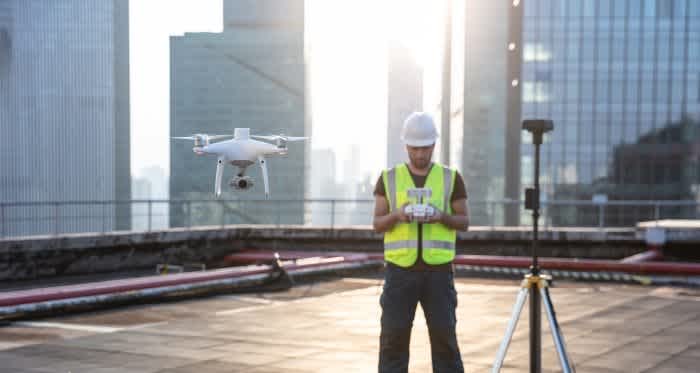
"What we are seeing is a lot of companies that have scaled have all six of these or are working to fill them all out. What this means for customers who are adopting these six principles is a drastic increase in efficiency, which leads to benefits such as improved asset productivity, better information and avoiding hazardous man-hours."
Just the beginning of the evolution
Brandon's views are certainly an interesting take on the drone industry. Certainly DJI has upped and accelerated its enterprise game, with the quick-fire releases of the Phantom 4 RTK and the Mavic 2 Enterprise Zoom and Dual in the final few months of 2018.
This is quite possibly the start of what is to come. but what is clear is that the drone evolution is only just beginning.
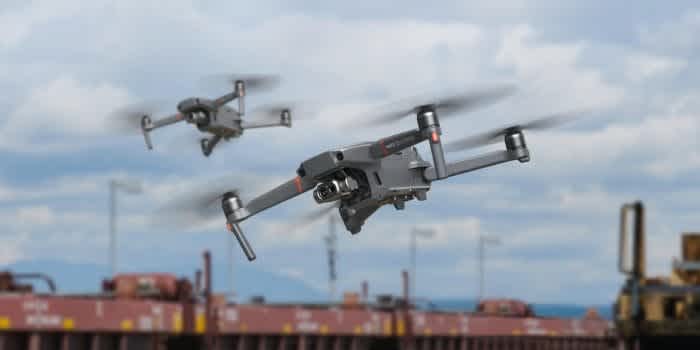
And as this shift in approach gathers pace, it is clear that alternative technologies and options are being developed to try to help operators take their missions even further.
For instance, there is a focus on replacing lithium polymer (LiPo) batteries with hydrogen fuel cells to yield far superior flight times; ongoing tests on AI drones which can identify objects; development of specialised software development kits; and coming up with ways to integrate sensing technology LiDAR onto UAVs.
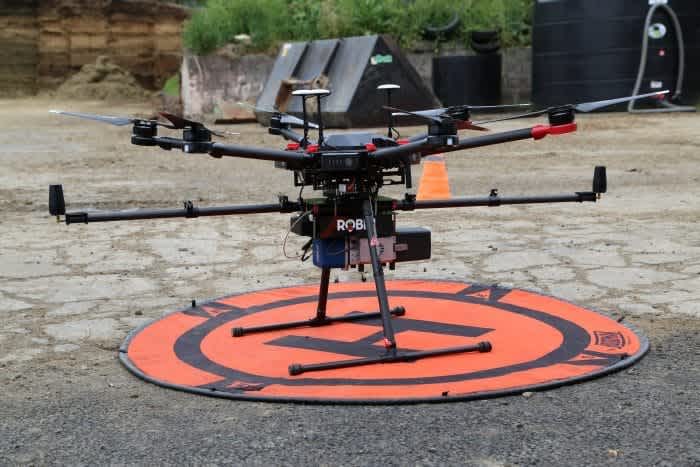
LiDAR integrated with a drone, thanks to Heliguy
Moving forward, discussions surrounding Unmanned Traffic Management, which refers to systems created to manage drone traffic, are taking shape and will become more and more relevant.
On this topic, Heliguy was a guest partner at last year's Operation Zenith - a world-first demonstration to test how drones and traditional aircraft can safely share the same airspace - and helped demonstrate the sophisticated DJI AeroScope drone-detection system.
Heliguy launches HECTIC
At Heliguy, we have recently launched HECTIC - a new design and development service to create bespoke items and offering custom solutions, tailor-made products and hardware and software integrations for commercial drone applications.
Below are just some of the projects that HECTIC - which stands for Heliguy Electronics and Custom Technology Integration Centre - has undertaken.
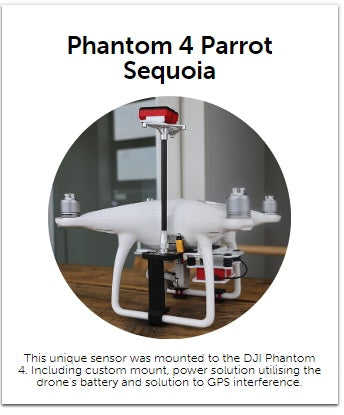
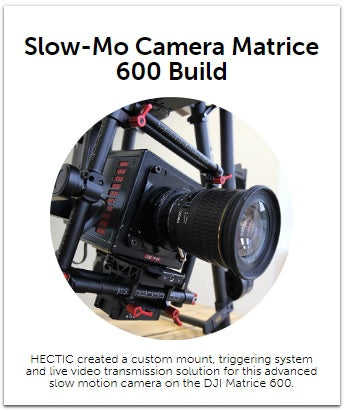
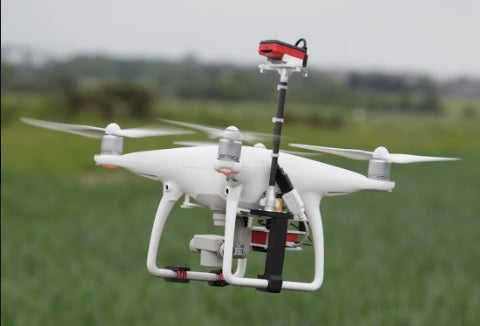
HECTIC is also working on a number of other exciting projects - currently under non-disclosure agreements - for a variety of sectors, including construction, security and emergency services.
Heliguy's rental offer
To help customers carry out a vital job, Heliguy offers a rental service, allowing users to have a drone for a short period, without needing to purchase the product for long-term use.

written by
James Willoughby
James joined heliguy™ in 2018 following a 13-year stint in print and online journalism, having worked on regional and weekly newspaper titles. He is responsible for spearheading heliguy™'s content strategy and social media delivery. James collaborates with DJI Enterprise's European marketing team to coordinate and produce case studies and helps organise events and webinars.